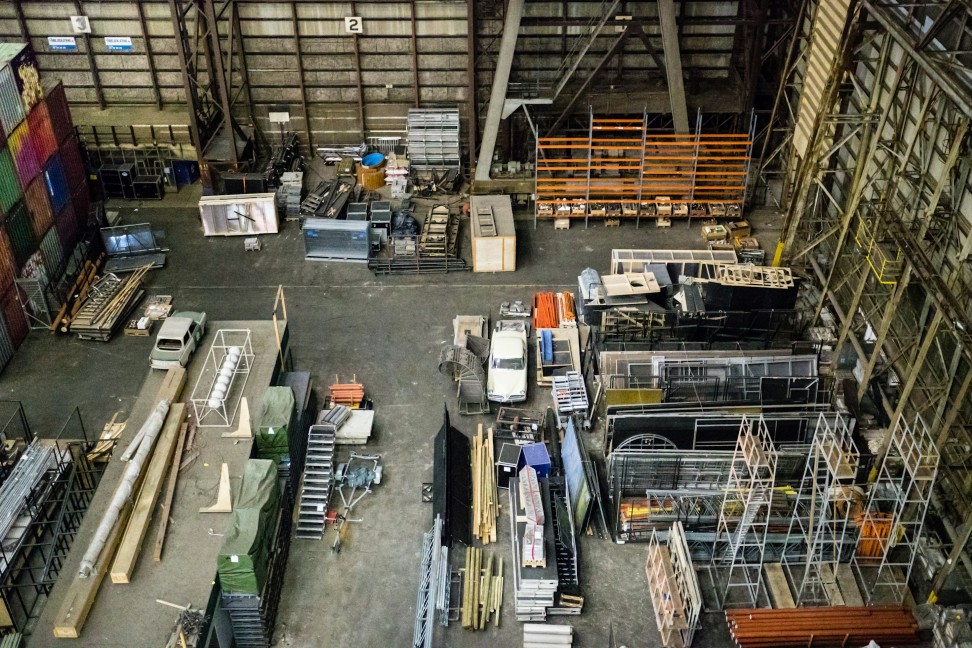Chocolate is one of the most beloved and indulgent treats in the world, enjoyed by people of all ages and backgrounds. But have you ever wondered about the fascinating journey that this sweet delicacy takes from being a humble bean to a decadent bar? In this blog post, we will delve into the rich history of chocolate, exploring its origins, discovery, and evolution into the beloved confection we know today.
The roots of chocolate can be traced back to ancient Mesoamerican civilizations, where the cacao tree was first cultivated around 1900 BC. The Olmec people were among the first to discover the delights of cacao, using the beans to create a bitter, frothy drink that was reserved for special ceremonies and rituals. The Mayans and Aztecs also held cacao in high regard, valuing it not only for its delicious flavor but also for its medicinal and even spiritual properties.
It was the Aztecs who gave cacao its name, calling it “xocolatl,” which means “bitter water.” They believed that the cacao bean was a gift from the gods and used it as currency in trade. The Aztec emperor Montezuma was said to drink up to 50 cups of xocolatl a day to increase his vitality and stamina.
When the Spanish conquistadors arrived in the Americas in the 16th century, they were introduced to the wonders of cacao by the indigenous people. They brought cacao back to Europe, where it quickly gained popularity among the elite. However, the bitter taste of the cacao drink was not to everyone’s liking, so sugar and other sweeteners were added to create a more palatable treat.
By the 18th century, chocolate had become a favorite indulgence for the wealthy and privileged classes in Europe. In 1828, a Dutch chemist named Coenraad Johannes van Houten invented the cocoa press, which revolutionized the process of making chocolate. The cocoa press separated the cocoa solids from the cocoa butter, resulting in a smooth, fine powder that could be easily mixed with sugar and milk to create the first solid chocolate bar.
The invention of the cocoa press paved the way for the mass production of chocolate and the development of the modern chocolate industry. In the 19th century, chocolate makers in Switzerland, Belgium, and France began to experiment with different techniques and ingredients to create new and innovative chocolate products. Swiss chocolatier Daniel Peter is credited with inventing milk chocolate in 1876 by adding powdered milk to the cocoa mixture.
Today, chocolate is enjoyed in a variety of forms, from creamy milk chocolate bars to rich dark chocolate truffles. The process of making chocolate has also evolved over the centuries, incorporating modern technology and techniques to ensure consistency and quality. The journey from bean to bar begins with the harvesting of ripe cacao pods, which are typically grown in tropical regions near the equator.
Once the cacao pods are harvested, they are opened to reveal the cocoa beans inside. The beans are then fermented and dried to develop their flavor and aroma. Next, the beans are roasted to bring out their rich chocolatey taste. The roasted beans are then cracked and winnowed to remove the outer shell, leaving behind the cocoa nibs.
The cocoa nibs are ground into a thick paste called chocolate liquor, which contains both cocoa solids and cocoa butter. The chocolate liquor is then refined and conched to smooth out any rough particles and develop the desired texture and flavor. Sugar, milk powder, and other ingredients may be added at this stage to create the desired type of chocolate.
Finally, the chocolate is tempered to ensure a glossy finish and snap when broken. The tempered chocolate is poured into molds and allowed to set before being packaged and shipped to eager consumers around the world. From humble beginnings as a bitter drink enjoyed by ancient civilizations to the luxurious treat we enjoy today, the history of chocolate is a testament to human ingenuity and creativity.
Next time you savor a piece of rich, velvety chocolate, take a moment to appreciate the journey it has taken from bean to bar. Let the centuries-old history of this beloved treat enhance your enjoyment and appreciation for the skill and craftsmanship that goes into each delicious bite. Chocolate truly is a delight that transcends time and borders, bringing joy and pleasure to all who indulge in its sweet embrace.













